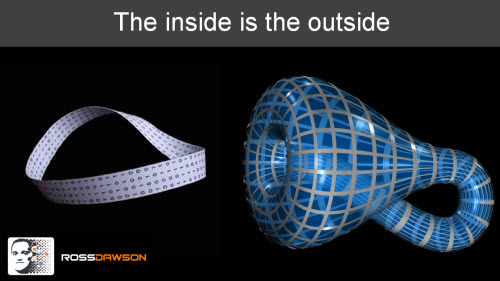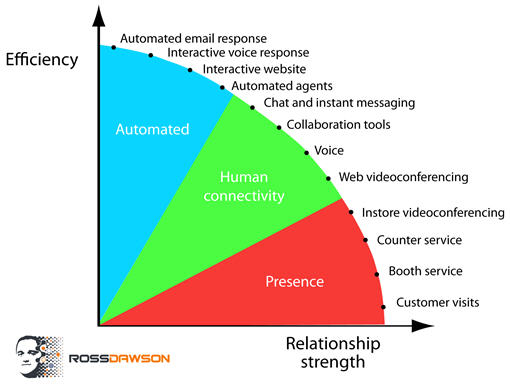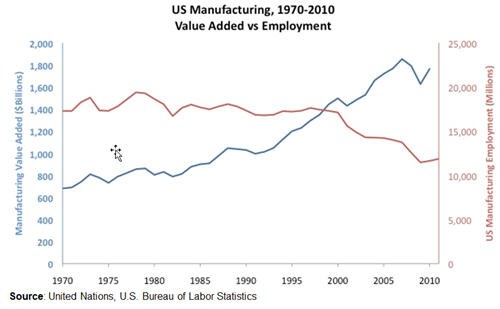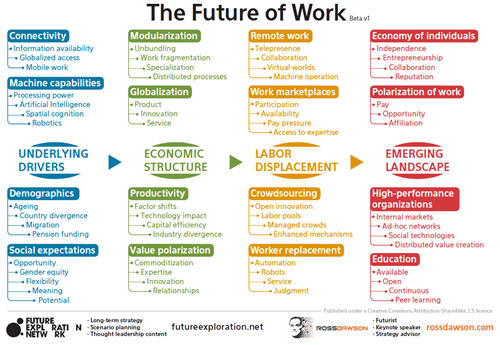The inside is the outside: The Möbius strip and Klein bottle as metaphors for the future of organizations
In a number of my recent keynotes, including at Connected Enterprise and the CIO Summit, I have discussed the blurring of the inside and outside as a critical facet of the future of organizations.
The Möbius strip is a simple strip of paper folded once and pasted so that it has only one side. A Klein bottle is its (hypothetical) three-dimensional equivalent, where the outside and inside of the bottle are the one and the same.

This is a powerful and highly relevant metaphor for the successful organizations of today and tomorrow.
Read more →



